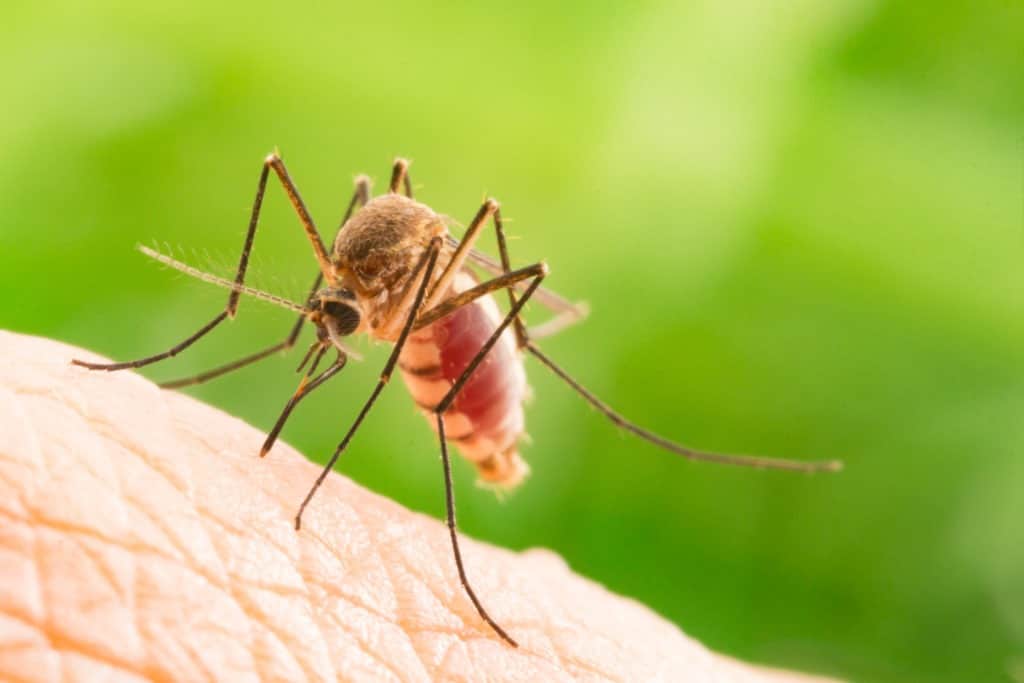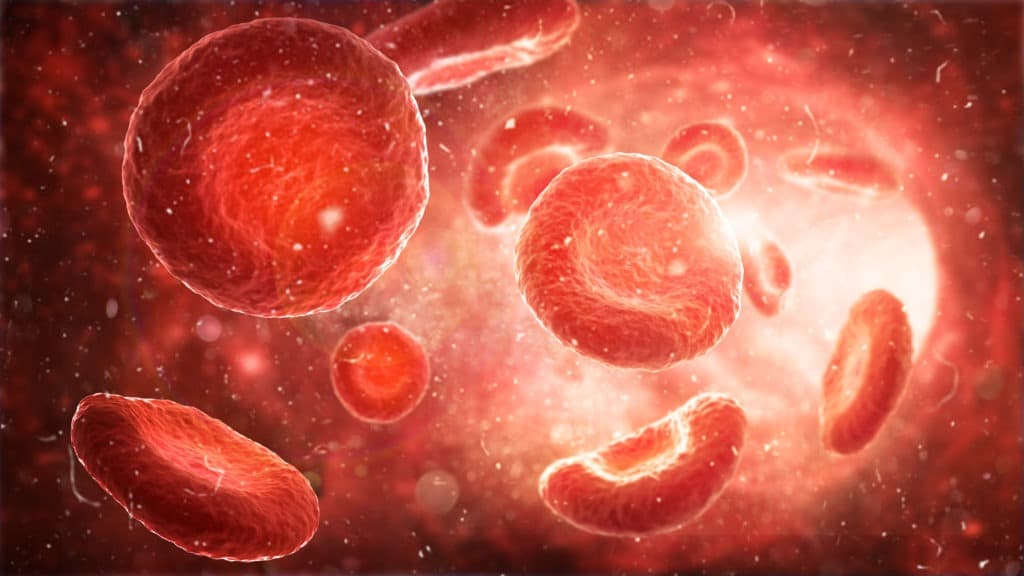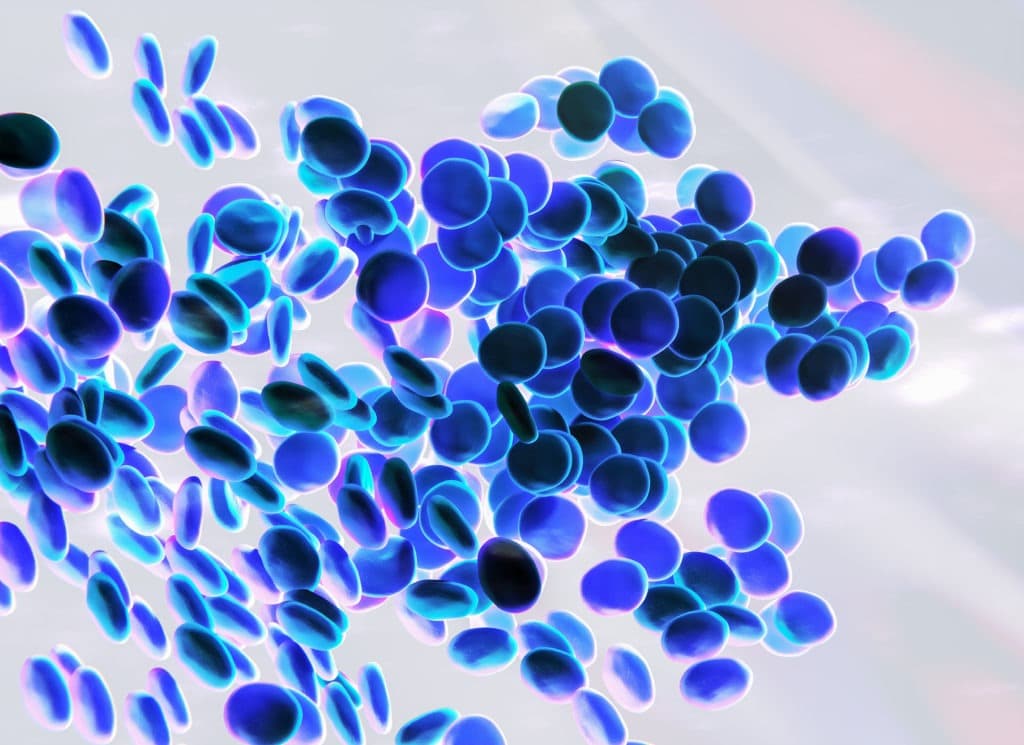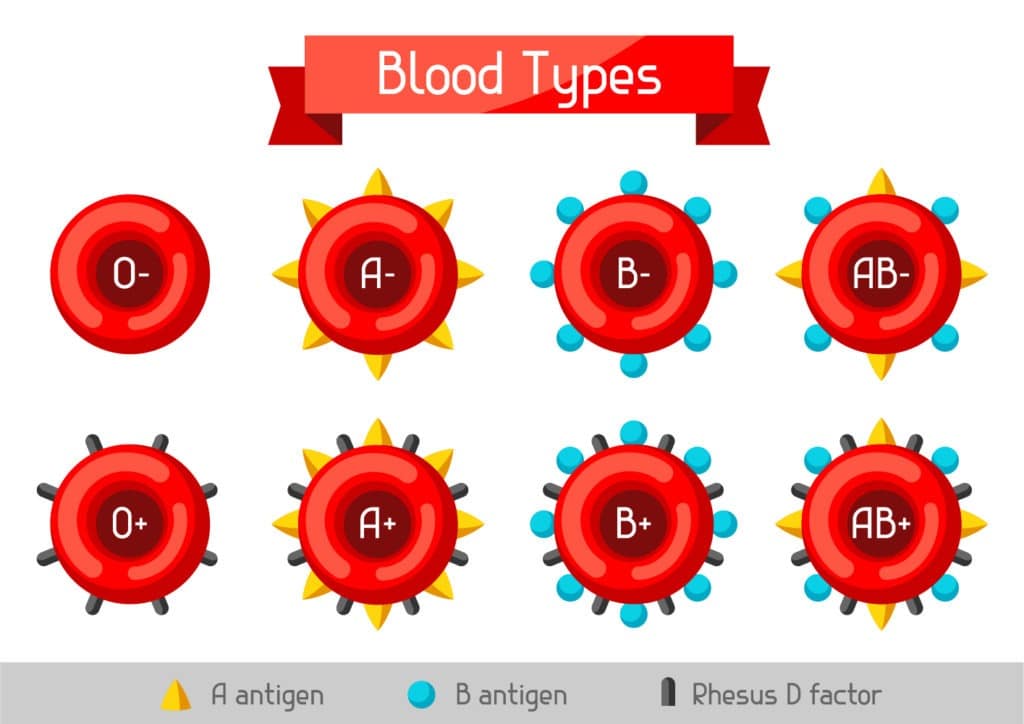What Color Is The Blood Of Insects?
This is about the colors and types of insect blood.
From colorless to bluish and blue green.
So you want to know all about insect blood colors and types, then you're in the right place.
Allow's become right into it!
Insects, Their Blood Types and Blood Colors
Have y'all always killed a mosquito? Probably you have.
When we see them on our trunk, we instinctively attack them, so you likely have seen the cherry-red blood smeared at the insect murder site.
But have you ever wondered if it is the blood of the mosquito, or is information technology your blood or both?

To articulate upward that defoliation, it is the mark of your claret which the mosquito has just enjoyed.
And then, the next question is …
Do Insects Have Claret?
First, nosotros need to know what blood is.
Claret is non just a carmine liquid, as we ordinarily call up of while watching a television mystery drama. It is really a connective tissue fabricated up of blood cells and a liquid medium called plasma in which the blood cells are suspended.
Plasma
Blood plasma is a very dramatic liquid that is an amazing miracle of nature. Information technology contains:
- Water (92%)
- Proteins (7-8%)
- Salts (0.ix%)
Plus, a lot of other dissolved substances such as glucose, nutrients, cholesterol, wastes, enzymes, hormones, etc.
Plasma constitutes 55% of the full blood of a homo being.
The proteins found in vertebrate blood include:
- Albumins (to maintain osmotic pressure to aid blood to menses)
- Globulins (defenders inside our immune organization)
- Prothrombin and fibrinogen (involved in clotting)
Blood Cells
There are 3 principal types of claret cells:
- Red blood cells (Erythrocytes) transporting oxygen to different parts of the body. They contain a red globular protein called hemoglobin which is responsible for oxygen ship.
- White blood cells (Leukocytes) piece of work in defence of the trunk against invading microbes. In that location are many different types, but this is outside of the scope of this article.
- Platelets (Thrombocytes) are non actual cells but are cell-like bodies and are involved in claret clotting.

The function of the blood is to transport everything our body needs to be transported within our body.
What Does Insect Blood Wait Like?
Let's talk near the composition of insect claret first:
Hemolymph
Insect blood is called hemolymph and contains no red blood cells (RBCs). Instead, respiratory pigments are substituted for RBCs.
Most insects don't need an oxygen send mechanism because they respire through a well-divers system of tracheae. However, some insects, such as grasshoppers, have an oxygen-carrying protein called hemocyanin.
This protein is different from hemoglobin because it contains copper instead of iron. As a result, its oxygen-bounden capability is far less than that of hemoglobin.
Merely hemocyanin performs ameliorate than hemoglobin in a common cold environment like the sea or lakes, which take less oxygen pressure level.
Moreover, hemocyanin is not denatured and remains functional at temperatures equally high as 194° F.
Hemolymph Plasma
The plasma of the hemolymph contains:
- Water
- Proteins
- Inorganic ions
- Salts, such as sodium, potassium, calcium
- Some organic compounds like amino acids, lipids, carbohydrates
The h2o level in the plasma may vary according to ecology circumstances.
The water content is reduced in dry and desiccant conditions, and hemolymph becomes more viscous, pregnant it becomes thick and mucilaginous.
It too serves as the repository for water and other nutrients.
Hemocytes: The Defending Cells
Hemocytes are cells similar to white blood cells (WBCs) institute in vertebrates. These cells are divided into four types:
- Secretory cells produce signals for cellular differentiation, a process in which cells become specialized for a specific function.
- Plasmatocytes are involved in phagocytosis, meaning the eating of invading microbes at the cellular level, and they make up most of the cells found in the hemolymph.
- Crystal cells produce a gel-like material in which invading microbes are trapped and killed. (These cells are nowadays simply in fruit fly larva.)
- Some specialized cells found in just certain insects:
- Lamellocytes (Only present in larval stages of Drosophila or fruit flies.
- Granulocytes, Oenocytoids, Prohemocytes are found in other insects like mosquitoes.
The Color of the Insect Blood
Here are the different insect blood colors:
Colorless Insect Blood
Most of the insects have colorless hemolymph considering they don't accept any chromoproteins.
Insects, such as butterflies and cockroaches, don't transport oxygen in their blood.
Their tracheae (respiratory system) carries oxygen to all parts of their bodies.
Blue and Bluish Green Insect Blood
Considering there is no hemoglobin in insect blood, it does not plow red when exposed to oxygen.

Instead, their blood turns blue when information technology binds with oxygen because of the hemocyanin.
Grey Insect Claret
When hemocyanin is deoxygenated, meaning lacking oxygen, the colour is gray.
Red Insect Blood
While most insects practise not have red blood, those in the family of Chironomidae, which is non-biting midges and lake flies, practise.
The larvae of most chironomids have red blood because they accept hemoglobin in their hemolymph.
Even the blood of some Heterojapyx is purple!
Then what about the red color that gets splashed after killing a fly?
You may discover the answer if you lot wait at the colour of the fly'south middle. That red splash is due to the color of the eye.
Green Insect Claret
Previously, it was thought that the greenish tinge in the hemolymph of some insects such as Tettigonia, cabbage butterfly, and some Lepidoptera is due to the presence of chlorophyll.
But later studies establish that the light-green-colored hemolymph is due to a mixture of blue and yellowish chromoproteins. The researchers named this mixture "insectoverdin" (A mixture of carotenoids and biliverdin).
Orange Insect Claret
When female cockroaches conduct a large number of eggs, they tin have orange-colored claret. This is due to vitellogenin, a protein used to make egg yolks, and is commonly only nowadays in females for this reason.
Practice Claret Groups or Blood Types Exist in Insects?
In humans, the claret groups and blood types are related to the presence or absence of antigens on the surface of RBCs. But in the insects, there are no RBCs present. Hence, in insects, there are no blood types.

However, the differences are based on the presence of different types of hemocytes. Notwithstanding, they are a specialty of every insect based on that item insect'due south demand and evolutionary history.
Types of hemocytes besides vary with the different developmental stages of the same insect.
So, the bottom line is that insects exercise have claret, but it's called hemolymph. But there are no blood groups in insects even though mosquitoes seem to beloved to bite the people with claret grouping O.
What Color Is The Blood Of Insects?,
Source: https://naturenoon.com/insect-blood-colors-types/
Posted by: morenointecanothe47.blogspot.com


0 Response to "What Color Is The Blood Of Insects?"
Post a Comment